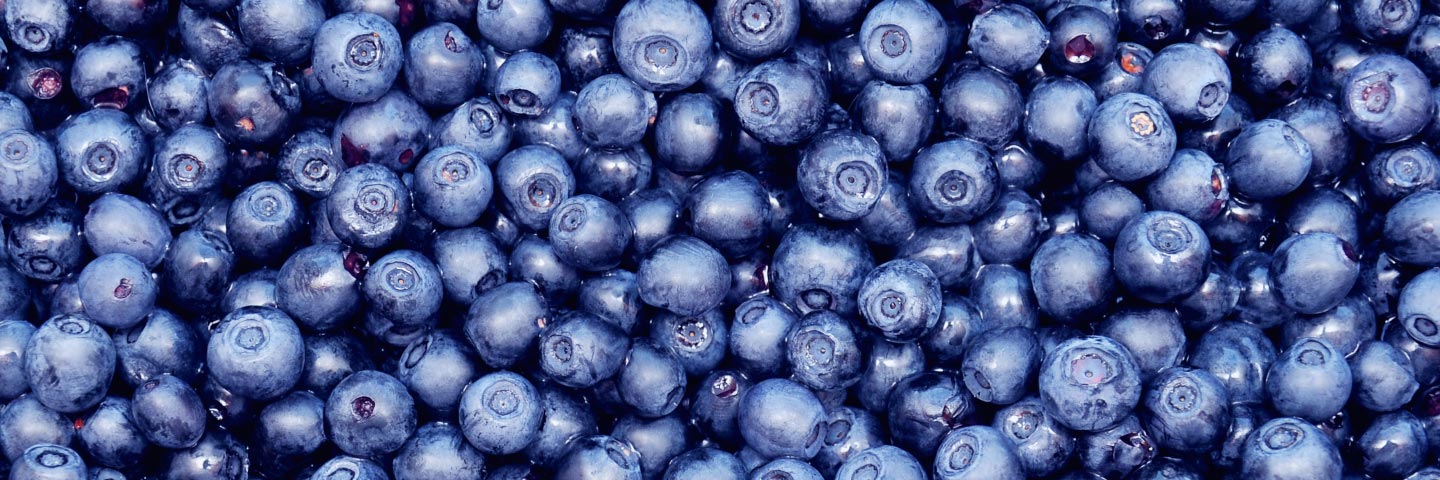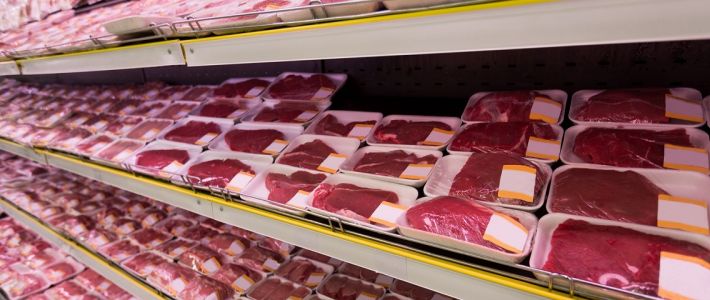
Visit our other sites
-
Fapas - Proficiency Testing
Globally recognised provider of proficiency tests, running over 400 tests annually across an extensive range of matrices and analytes
-
Great Crested Newts Testing
A single sample taken by an ecologist at any time during the newt breeding season can determine their presence or absence, saving you time and money

LOD (limit of detection)
0.01 - 0.05 mg/kg
Accreditation
ISO 17025
YesStandard Turnaround Time
10 working days
Chlorate is formed as a by-product when using chlorine, chlorine dioxide or hypochlorite for the disinfection of drinking water, water for food production and surfaces coming into contact with food.
Such disinfection is considered to be an essential tool in the armoury for maintaining a high standard of food safety and providing risk mitigation. The risk of microbiological contamination in processed foodstuff has been highlighted during a recent outbreak of e-coli in Cheese. Chlorate residues (unlike pesticide residues) typically arise post-harvest through food processing and local contamination. Recent reports have highlighted that residues of chlorate are finding their way onto our foods through the use of biocides to wash down and disinfect surfaces and food processing equipment coming into contact with food. The risk of chlorate residues and the risk of microbiological contamination have resulted in an increased and conflicting pressure on food industry to manage these risks.
Chlorate has in the past been treated as a pesticide residue rather than a food contaminant and there is now mounting pressure from industry to make this distinction. Due to the rising health risks that chlorate posed to public safety in the food chain and the wider environment, chlorate was banned during 2010 from being used as a weed killer and herbicide to remove unwanted vegetation from public places. Well documented evidence has proven that chlorate inhibits the absorption of iodide in the thyroid. With particular focus on vulnerable groups such as children, pregnant women or people, chlorate digestion at high doses can affect thyroid dysfunction or iodine deficiency as well as the potential to also damage red blood cells such as the formation of methaemoglobin and hemolysis.
EU have set new Maximum Residue Level (MRL) values for chlorate in food (EU Regulation 2020/749). This will come into force on 24th June 2020. Previously, no specific MRLs set for chlorate. Fera have the expertise to address all requirements of this Regulation.
Food industry is faced with a difficult challenge of balancing risk of chlorate residues and microbiological risk while waiting for the outcome of on-going discussions at EU to set MRLs which are set at realistic levels likely to arise from responsible use of disinfectants during food processing.
Accredited Chlorate and or Perchlorate Testing
Benefits of our analytical Chlorate and/or Perchlorate testing service are;
- Chlorate and perchlorate QuPPe method - bringing greater sensitivity and selectivity for validated pesticide/commodity combinations
- QuPPe method - allows analysis of pesticides which perhaps have been monitored infrequently in the past a more cost effective option
- Accredited (UKAS 'Flexible Scope'), reliable and highly accurate results - allowing you to make informed decisions for your business
- State of the art accredited laboratory - our Thomson Suite is one of the largest facilities of its kind in the UK, a bespoke laboratory running to GLP quality standards that houses 30 state-of-the-art mass spectrometry instruments
- Dedicated team of experts - With over a 100 years of heritage, supported with over 350 scientists and technical leads all behind the customer friendly service team dedicated to your business needs
- Rapid turnaround times - We offer an express 5 working day service in addition to our standard 10 working day service for when you need results without delay
Please contact us to discuss volume discounts.
| Detail | Specification |
|---|---|
Standard Turnaround Time | 10 working days |
LOD (limit of detection) | 0.01 - 0.05 mg/kg |
Accreditation |
|
Department | Food Safety |
Chlorate and Perchlorate Analysis
Add Samples
Your Current Samples
Please review your sample(s). Additional sample charges may apply where applicable.
There are no samples associated with this product at this time

Copyright © 2025 Fera Science Limited (“Fera”). All rights reserved.
For further information about how Fera uses any personal data collected from you, please see our Privacy Notice at www.fera.co.uk/privacy-policy.



